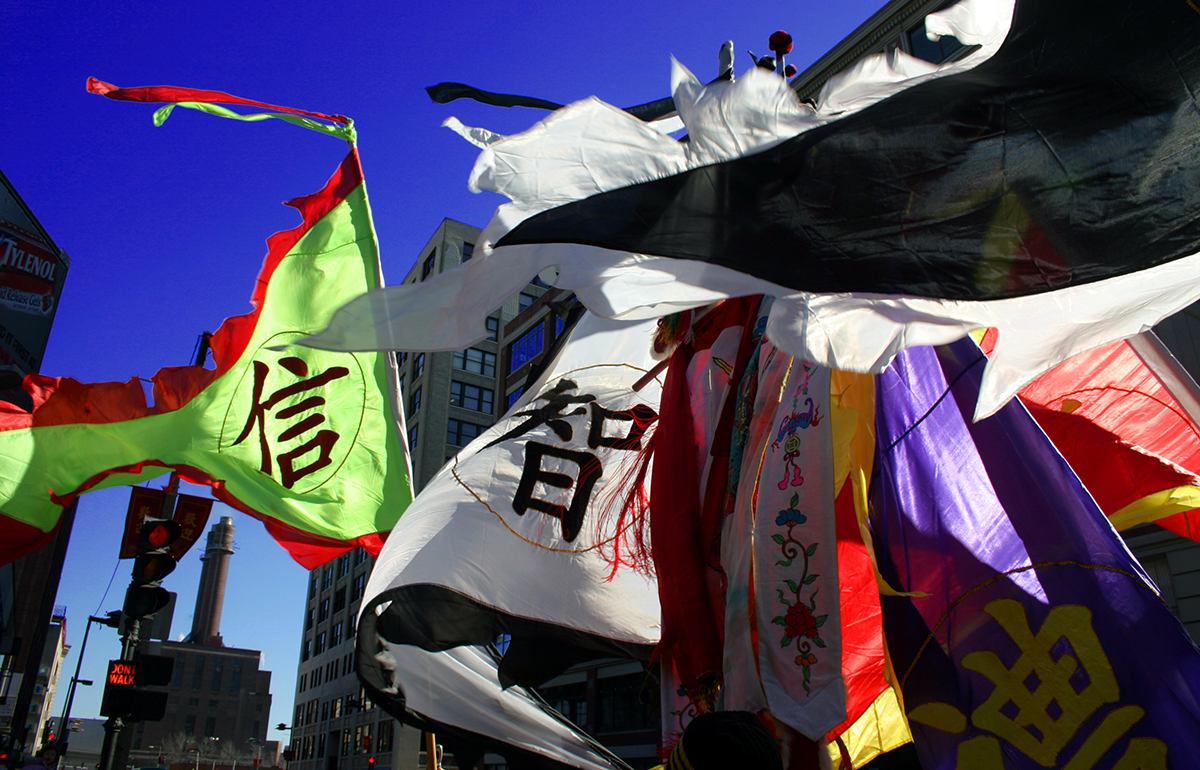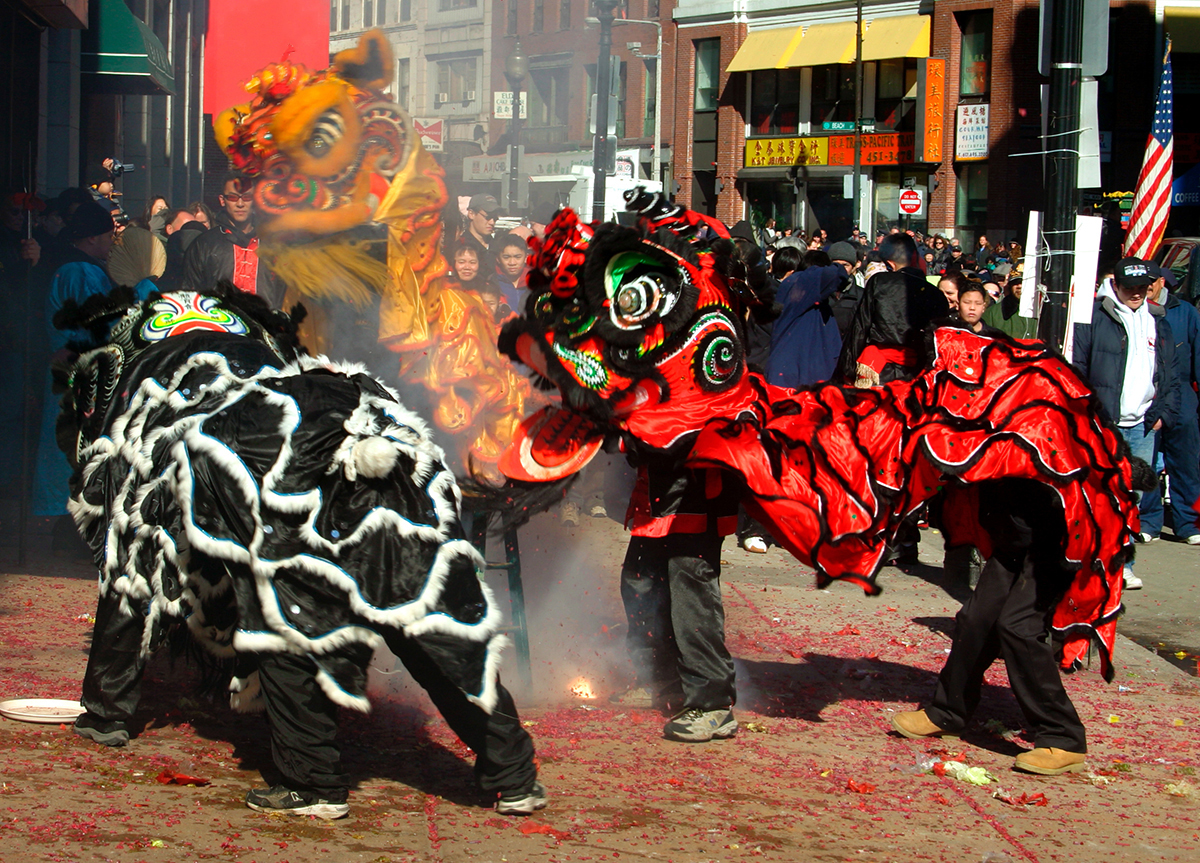Four Chinese New Year Events in Boston

Photo via Shutterstock
Technically Chinese New Year is on Thursday, February 19, this year. However—like previous years—most Boston organizations are celebrating a little bit later, which is fine since the traditional celebration lasts two full weeks in China.
Here are four places in Boston you can go to welcome the year of the sheep (or goat, or ram):
Parade and Festival in Chinatown
Each year, Chinatown in Boston heralds the Lunar New Year with festivities downtown including a parade with lion dancers, music, and so on. Expect crowds, loud noises, and a lot of red.
Tentatively March 1.
Open House at the MFA
The MFA hosts a free day each year to celebrate the Lunar New Year. This year’s festivities include lion dance performances, Asian-themed art-making activities, and demos including kung fu in the Shapiro Family Courtyard.
Saturday, February 21, 10 a.m.-4 p.m., mfa.org.
Peabody Essex Museum in Salem
Visit the PEM during their Lunar New Year celebration for drop-in art activities, a lion dance performance, a ribbon dance performance, live music, and more. And don’t forget to go back in May to explore the Peabody’s reassembled Chinese house, Yin Yu Tang.
Saturday, February 28, 10 a.m.-4 p.m., pem.org.
Lunar New Year Festival in Quincy
Quincy’s 27th annual Chinese New Year celebration hosted by Quincy Asian Resources will have a lion dance ceremony (at 10:45 a.m.) and other cultural performances at North Quincy High School.
Sunday, March 1, 10:30 a.m.-4 p.m., quincyasianresources.org.
• • •

Photo via col / Shutterstock.com
A Glutton’s Guide to Chinese New Year
There are plenty of traditions to observe on Chinese New Year (e.g. cleaning your house from top to bottom), but here are some of the more indulgent practices.
Eat
Traditional Chinese New Year’s Eve feasts come with dumplings, fish, and other noms that represent good fortune, but the Lunar New Year is also a great time to try two holiday dishes: new year cake (nian gao) and rice balls (tang yuan). Both made of glutinous rice flour, they’re traditionally consumed on New Year’s Day and the end of the two-week celebration on the 15th, respectively.
Greet
Classic Chinese New Year greetings include “kung hei fat choy“ (“congratulations and good fortune to you” in Cantonese) and “sui sui ping an“ (“peace and safety all year round”). But the two-liner that many children run around shouting to their elders is “Gong xi fa cai, hong bao na lai“ meaning “Happy new year, now give me my red envelope!” Which brings us to…
Receive
It’s tradition for parents and elders to give children red envelopes of money for Chinese New Year. They’re supposed to bring good health and long life, not to mention suppress evil. Fun fact: Many people “feed” red envelopes into the mouths of lions at events—the act serves as payment to the dancers and also encourages good karma to the giver.

